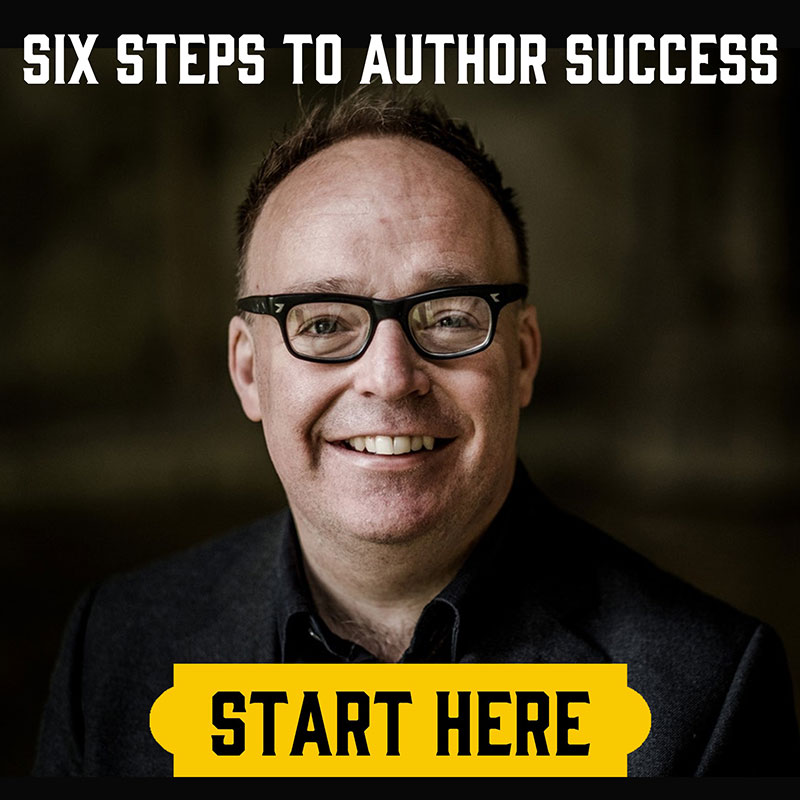What is NaNoWriMo?

by Tom Ashford
It’s November, which means two things: men across the globe are letting their facial hair grow out to raise awareness of male cancers and suicide, and writers are sitting down for their annual NaNoWriMo sprint.
If you’re new to the self-publishing community (or writing in general), you might be wondering what this NaNoWriMo actually is. After all – aren’t writers supposed to be writing all the time?
NaNoWriMo stands for National Novel Writing Month. Taking place each year between November 1st and November 30th, participants attempt to write a 50,000 word manuscript (i.e. a short novel. Attention is focussed on getting the words down onto the page rather than the quality of the work itself, the idea being that the author can subsequently improve the work in a second draft. The first NaNoWriMo year was way back in 1999 (long before self-publishing really took off) and involved 21 people in the San Francisco area. In 2015 over 400,000 writers took part, with over 40,000 “winning”.
Of those completed novels, some even get published, either through indie or traditional channels. One famous example is Wool, by Hugh Howey.
In essence, it’s a way for writers to hold themselves to account and actually finish the novel they want to write (or an excuse for established authors to blitz out another one). The key to success for many authors is making a habit of sitting down each and every day to write – NaNoWriMo is a little bit like a turbocharged version of that.
Thirty days and 50,000 words… that works out at 1,667 words a day (rounding up). Of course, to some writers, 1,667 words is nothing. Amanda Lee has a daily output of around 9,000 words… and then she goes on to edit a further 9,000! Even those who take a slower (but no less steady) approach regularly hit one or two thousand words a day. But NaNoWriMo isn’t so much for them as it is those who find the idea of writing a full novel to be an almost insurmountable challenge.
So for those who are taking part in NaNoWriMo but struggling to get the words down each day… how can you ensure that you stick to your writing goals?
1.) Set Yourself Targets
Not just the target of 1,667 words a day, of course. If your day job and other responsibilities permit it, find a slot of time each day to solidly work on your book. Whether you wake up a little earlier than usual, or you write through your lunch break, or you get home from work and avoid your partner and children – choose a time that’s for you and your writing and stick to it. Write for those ten, thirty or sixty minutes without interruption or distraction. Even if you don’t hit 1,667 words a day, you’ll get closer to that target.
2.) Stick to a Routine
Following on from point #1 – routine is key if you’re to ever become a consistent and successful writer, whether you’re writing for NaNoWriMo or not. Many indie authors write every single day (sometimes even the weekends – I know I do) and upon finishing one book immediately start writing the next. If you write only when you’re in the mood, then you’ll never finish a book.
So much like the previous point, find a time that suits you and stick to it, day in and day out. No excuses, especially during NaNoWriMo. If your friend asks you to join them for some beers, and it’ll eat into your writing time, then the answer is no.
3.) Do Not Worry About Quality
This will come a lot harder to some writers than others. I personally prefer to take my time and not move onto the next paragraph until I’m absolutely happy with the way the last one reads… but that’s not a good recipe for fast writing. Nor is it a gauge of how good the final book ends up being – we all have to go through the editing stage, after all. Just focus on the story going forward and write whatever comes to mind. You can embellish and improve the story and prose later, when you aren’t under a deadline.
And hey – Fahrenheit 451’s first draft was written in only nine days. Quantity doesn’t always mean a lack of quality.
4.) Use an Outline (Next Time)
It might be a bit late to start thinking of an outline now (if you aren’t already using one), but if you’re more of a write-by-the-seat-of-your-pants author, consider writing out a detailed plot outline before you start next year’s project. By ironing out the logical kinks of your story, you’ll be able to race through scenes already knowing where the characters are going and what needs to be covered in each scene. This’ll put a stop to those annoying moments where you’re staring at the page and wondering what your protagonist should be doing next, or whether a secret should be revealed now or later.
5.) Use Dictation
Most writers still prefer to do things the old fashioned way (though not so old fashioned that we have to buy typewriter ribbons), but here’s a method that many prolific authors use to increase their output: dictation.
We can talk a lot quicker than we type. If you’re planning on going back and doing a more thorough rewrite and edit anyway, it’s a great way to maximise the words you can get on the page during the time you have available. Some find it a little awkward at first (and others can’t get on with it at all) but – if you find that it works for you – it can be an absolute game-changer.

Tom Ashford
Tom Ashford is a professional copywriter, author of numerous dark fantasy and sci-fi novels, and the Head of Content at the Self Publishing Formula Blog. His books include the Blackwater trilogy and the Checking Out series.
He lives in London with his wife, in an apartment that doesn’t allow pets. Find out more about Tom here.
Grab Your SPF Freebies!
Sign up to receive your SPF starter package, which includes a free 3 part video series on getting started with FB ads, and inspirational and educational weekly emails.

